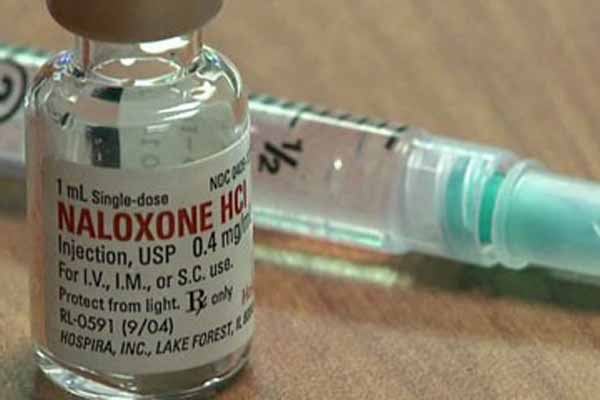
Over a 27-hour period this spring, the city of Austin saw nine people die across 79 separate overdose incidents, reflecting the severity of the statewide fentanyl crisis. Policy approved by the Texas Medical Association’s House of Delegates in May anticipated the problem and promotes one of the most effective solutions – increased education about and distribution of naloxone, an opioid overdose reversal drug.
HOD members approved Resolution 308, which calls on TMA to “advocate for legislation that provides for opioid overdose reversal medications; age-appropriate education, including age-appropriate recognition of overdoses; and other resources for age-appropriate students and staff in elementary, middle, and high schools and higher education.”
The resolution is aimed at educating young people because overdose poisoning victims tend to be young, says Austin-Travis County Health Authority Desmar Walkes, MD. In 2021, the latest year with data available, 18- to 44-year-olds made up 57.9% of opioid-related emergency department visits, according to the Texas Department of State Health Services. In 2023, Austin alone had 17 overdose deaths among people 16 to 20 years old, Dr. Walkes says.
“Getting [naloxone and associated training] into schools will help get that message across to young people,” she said.
More broadly, between December 2019 and December 2023, Texas saw the number of reported drug overdose deaths jump from 3,123 to 5,644, or 81%, according to the Centers for Disease Control and Prevention. Nationwide, the number of reported overdose deaths in that time rose from 71,130 to 103,793, or 45%, CDC says.
The Austin overdose outbreak similarly illustrates the extent to which opioid deaths have proliferated, while Resolution 308 provides a means to address it, says Crispa Aeschbach Jachmann, MD, an Austin physician who specializes in addiction psychiatry and treatment. Two of her patients who were in opioid use disorder treatment became overdose victims during the outbreak after unknowingly using cocaine laced with fentanyl.
“They didn’t know about this [fentanyl] contamination issue and they both overdosed,” Dr. Aeschbach Jachmann said. “He came out of it. She may have brain damage – she was out for too long.”
But the toll on Austin-area patients would have been much higher if the opioid reversal medication naloxone had not been available, Dr. Walkes says.Collaboration among first responders, addiction specialists, and public health authorities made it possible for naloxone to be available, saving dozens of lives.
“We were able to deploy naloxone quickly to the areas in question, and 80% of those who overdosed received naloxone resuscitation by the time EMS got there,” she said.
Gov. Greg Abbott named the fentanyl crisis an emergency item in 2023. Texas lawmakers that year approved several laws designed to combat overdoses, most with TMA support, including one requiring certain school campuses to have opioid reversal medications on hand.
Meanwhile, physicians can show patients how to obtain free naloxone and information about how to use it through the statewide Naloxone Texas initiative from The University of Texas Health Science Center at San Antonio. The program aligns with TMA policy on naloxone by distributing the medicine for free and offering training in evidence-based strategies for overdose reversal.
They can also improve the treatment of substance use disorder by reducing stigma among patients and helping them understand their treatment options, says Michael Sprintz, DO, a pain and addiction specialist in The Woodlands and member of TMA’s Committee on Behavioral Health. This includes increased screening for drug use and education about the heightened dangers of buying illicit drugs.
“When we talk about the opioid crisis, it’s really a substance use disorder crisis, not just opioids,” he said. “We have a large prevalence of mild-to-moderate substance use disorder in our patient population that goes undiagnosed. These are people who we could help with early and better identification, education, and referral to care.”
Get the latest opioid news, education, and resources in TMA’s Opioid Crisis Resource Center.